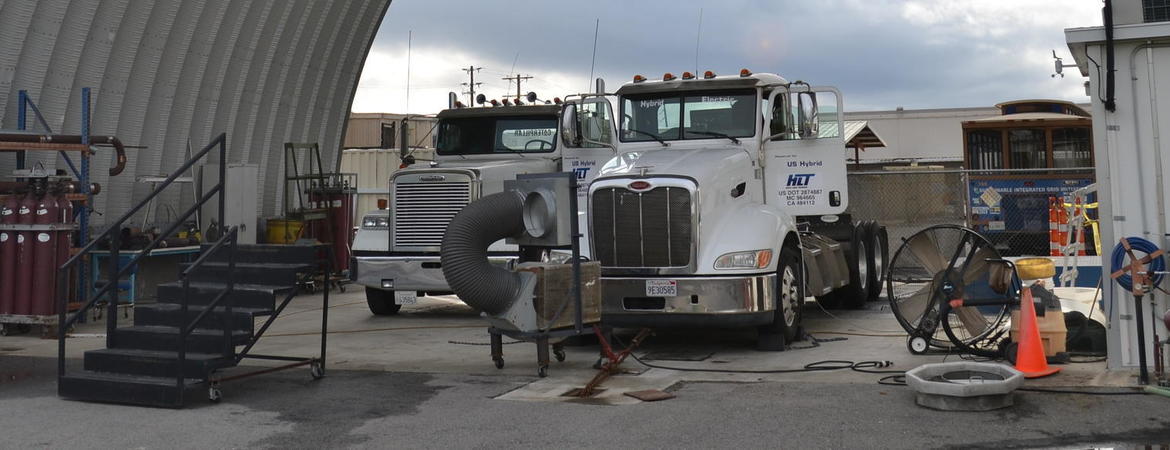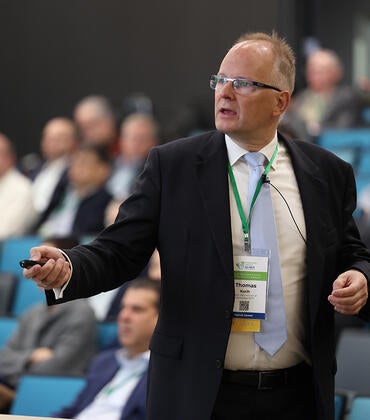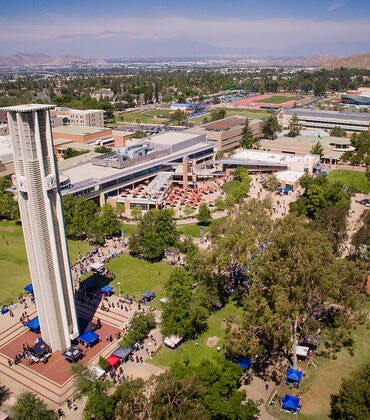UC Riverside’s Center for Environmental Research and Technology, or CE-CERT, has launched the Onboard Sensing, Analysis and Reporting, or OSAR, Consortium.
Experts from academia, industry, and government agencies will come together under the OSAR Consortium’s banner to investigate the feasibility and efficacy of in-use emission regulations premised on reliable on-board continuous emissions measurement and reporting systems that can lead to significantly improved air quality standards in environmentally affected areas.
Under the leadership of OSAR Consortium director and CE-CERT vehicle emissions researcher Kent Johnson, the consortium will bring together experts to collaborate on developing the next generation of on-board sensors, analysis, and reporting systems for assessing the real-world impact of vehicle emissions. They will also develop improved mechanisms for real-time emissions reporting that properly accounts for concerns regarding proprietary information, privacy, data uncertainty, and economic considerations.
The OSAR Consortium’s mission is to create a paradigm shift in regulation of vehicle emissions through advanced vehicle emission sensors, data science, big data management, and robust network vehicle connectivity. Current vehicle emissions regulations are based on make/model laboratory certifications that simulate in-use and on-road conditions. The simulation does not accurately reflect in-use conditions and the real-world impact of vehicle emissions is not known with any specificity.
A solution to close the gap between certification and in-use is to measure all vehicles through constant on-board sensing and validate compliance from the in-use fleet of vehicles under the conditions where they produce emissions. The initial focus of OSAR research is to create an on-board reporting system to guide the heavy duty truck industry into a sustainable path of emissions control for their vehicles using the real world as the design platform.
The founding members of the OSAR Consortium include the Environmental Protection Agency, the California Air Resource Board, the South Coast Air Quality Management District, the Truck and Engine Manufacturers Association, and the Manufacturers of Emissions Controls Association.




